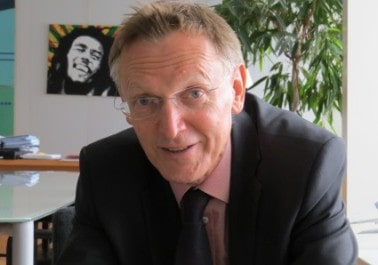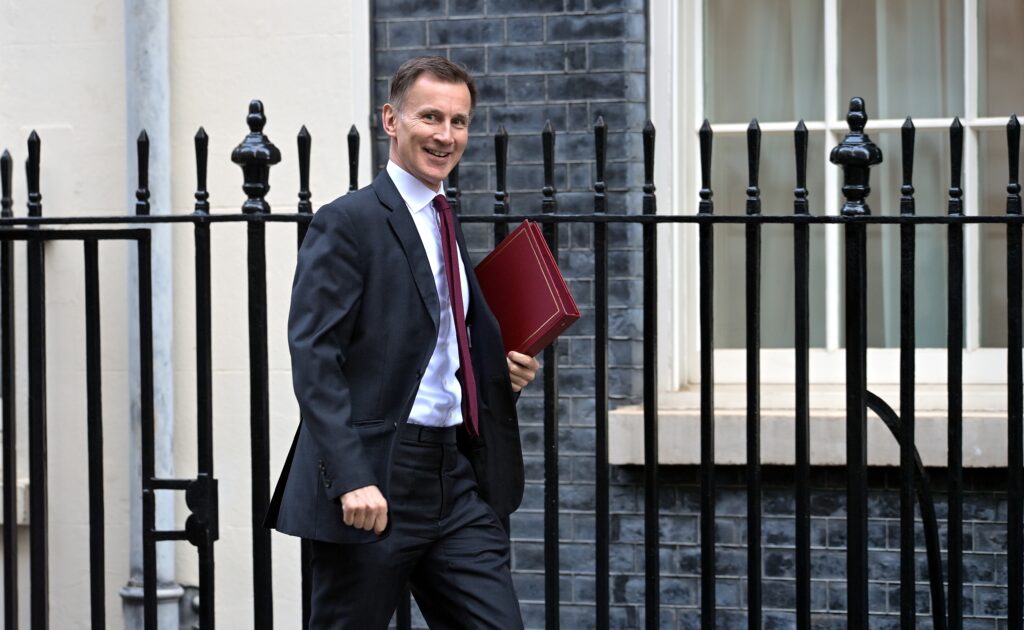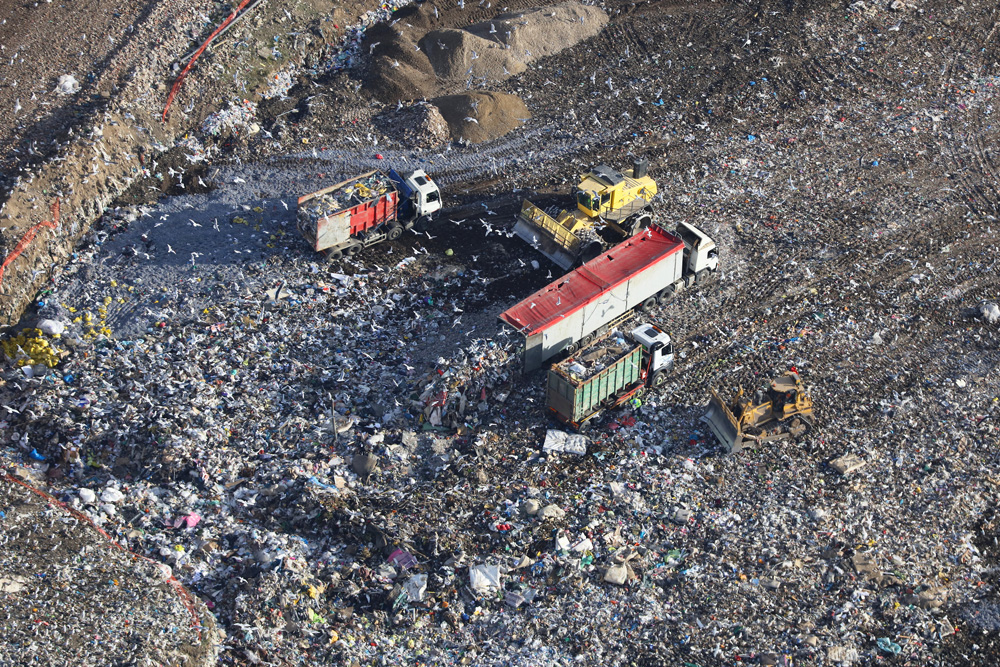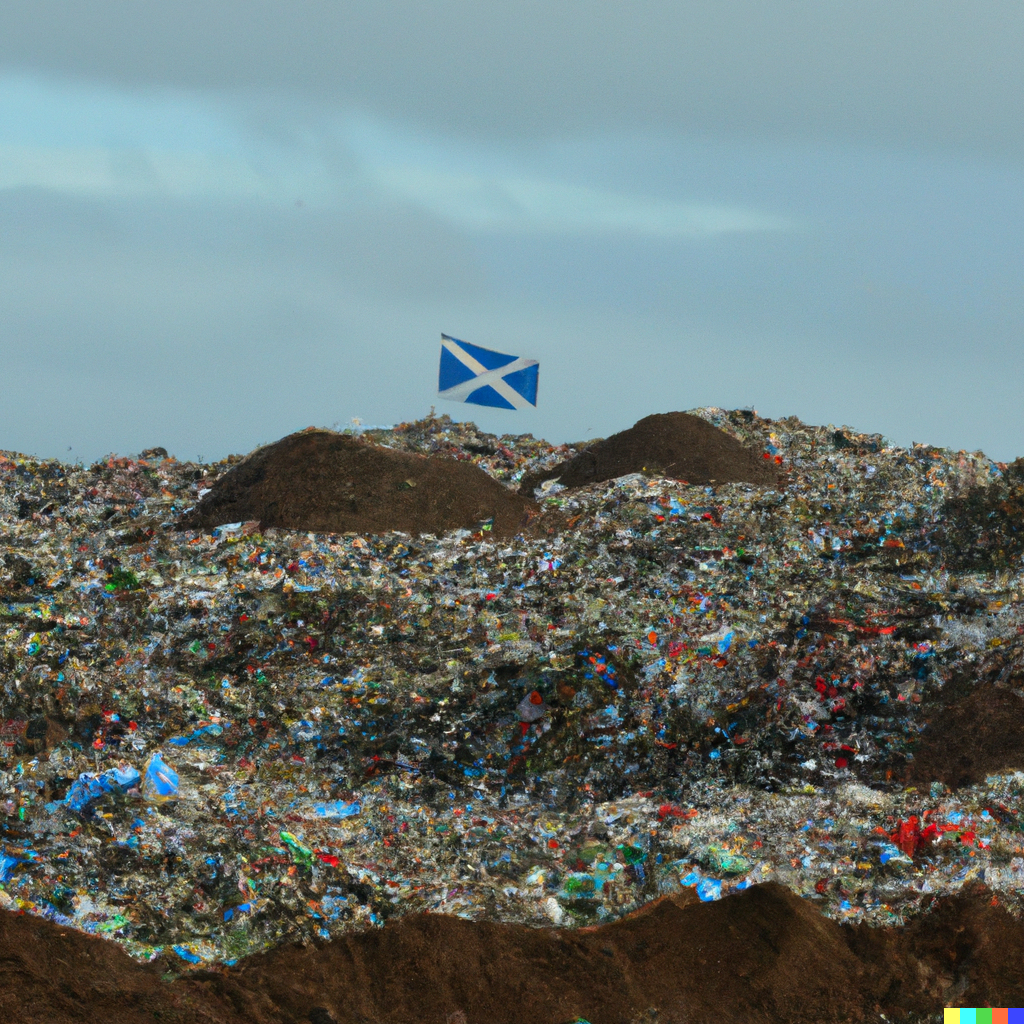The higher recycling targets adopted today are part of an agenda of resource efficiency measures introduced by the European Commission with the aim of turning Europe into a more circular economy.
Now, the proposals will be the subject of discussion and are set to shape the future of waste management and recycling going forward with arguments expected that the 2030 landfill bans should even be brought forward. Some governments may also consider the measures as too difficult to achieve although the Commission is suggesting the targets will be achievable by even the lower-performing Member States.
The regular critics of recycling within the UK may well jump in and say recycling targets are just going to cause the public and local authorities more grief as they have to try and push up recycling rates.
But, the crucial point behind the Commissions proposals is that Europe needs to look forward in a world where resources are increasingly under pressure and in demand, and make the most of resources that arise within the EU and which have often been imported from the rest of the world.
Themeasures go well beyond just dealing with municipal waste. The term municipal has already been extended to include smaller scale commercial premises and recent changes to the WEEE Directive are seeing some business included in the domestic figures. Furthermore, todays new proposals include not just the packaging waste targets (which cover the production chain from raw material supplier through to retailer) but also an overall resource efficiency measure for businesses, rising from 15% to 30% by 2030. The latter is at present just a headline target for the review of the 2020 Europe Strategy which is still to take place.
Several of these themes were expanded on in a recent interview with Commissioner Potocnik in Brussels (see letsrecycle.com story). Dr Potocnik emphasised how Europe cannot afford to simply discard its resources and needs more recycling and reuse, allowing for the fact that some of the materials will go overseas for recycling as well.
LARAC Conference and Celebration Awards 2014
Taking place in Nottingham on October 15-16, registration is now open to attend this year’s event, which will look at issues such as local authority companies, infrastructure provision and maximising material prices.
For more information, visit laracconference.org.uk
Linear systems
Now, in its package announced today (July 2 2014), Dr Potocnik reiterates how Europe is living with linear economic systems inherited from the 19th Century.
He makes the point that to move from a linear system to one where Europe can compete in a changing world we have to get the most out of our resources and that this will not happen without the right policies. This is the strongest statement yet of the need to look ahead although it is not a completely new policy development within the EU. The 2020 Strategy of Growth and the Roadmap to a Resource Efficient Europe published in 2011 underlined the need for an integrated approach across many policy areas.
What is new today are the two targets (70% municipal recycling and 80% packaging waste recycling by 2030) and the landfill actions a ban on landfilling recyclables by 2025 and the virtually complete ban on landfilling by 2030. These sit alongside separate Commission proposals on green employment, a green action plan for SMEs and resource efficiency opportunities for the building sector. The waste targets are core to the proposals as they are seen as being the key driver for a shift to a circular economy.
Questions have been asked as to how the different European states will be able to meet these targets as some countries are way behind others. The Commission appears to have resolved this through proposing a form of inclusive approach with lower-recycling countries learning from higher performers and also benefiting from advances in recycling technology, systems and material developments (such as packaging design).
For UK local authorities and waste management companies the proposals will mean that current and planned policies may need to be re-appraised in the light of the Commissions thinking although implementation of these will be subject to discussions in the European Parliament and the Council of Ministers.
Uncomfortable
Some of this thinking may be uncomfortable for industry and local authorities. Dr Potocnik has not given any incineration or energy from waste targets in the resource efficiency agenda, but the logic is that this will have to be towards a maximum of 30% by 2030 and energy from waste plants will not be able to take in recyclable materials from 2025. Instead, the energy from waste plants will take in the non-recyclable waste diverted from landfills.
This will be a challenge in calculations of future inputs to plants and potentially add to the rationale that as Europe is an internal market for energy from waste, the UK is actually benefitting in the short- term from being able to send residual waste as refuse derived fuel to the continent.
Todays documentation for the resource efficiency measures contains a strong warning about large-scale residual waste treatment projects. It states: Without new initiatives to improve waste management in the EU, significant amounts of valuable resources will continue to be lost in the coming years. Without a clear perspective for the medium- to long-term, the EU risks seeing increased investments in inflexible, large-scale projects focused on the treatment of residual waste, which may stand in the way of the potential to improve resource efficiency through reducing waste generation at source, and reusing and recycling more of the waste which is generated.
Levels achieved
The Commission has also explained how it has come up with its proposals.
It says these were based on evaluations of existing legislation and the use of impact assessments and public consultation. The proposed targets were set at levels already achieved today in the most advanced Member States. Deadlines were then calculated taking into account the time needed for all MS (based on past progression rates) so that all MS would be able to respect the proposed targets and the proposed deadlines. This approach is considered as prudent as new techniques have emerged at all levels of the recycling chain (separate collection, sorting, recycling) which should allow less advanced MS to make rapid progress in the coming years.
Within the EU, the package of measures are seen as a personal success for Dr Potocnik as he will be stepping down from his post as Environment Commissioner later this year. To an extent, the delivery of the new targets will be in the hands of his successor who, as with other commissioners, is to be appointed this summer in the wake of last months European elections.






.jpg)






Subscribe for free